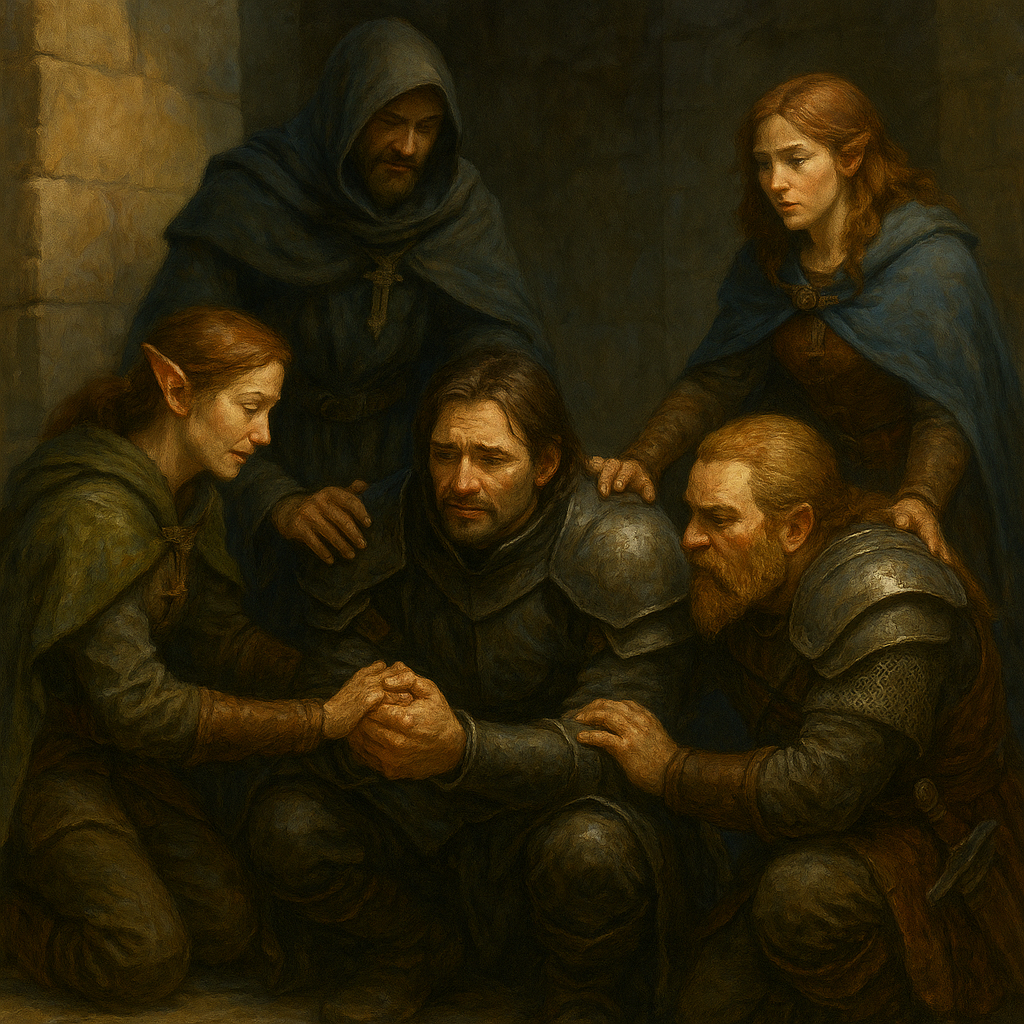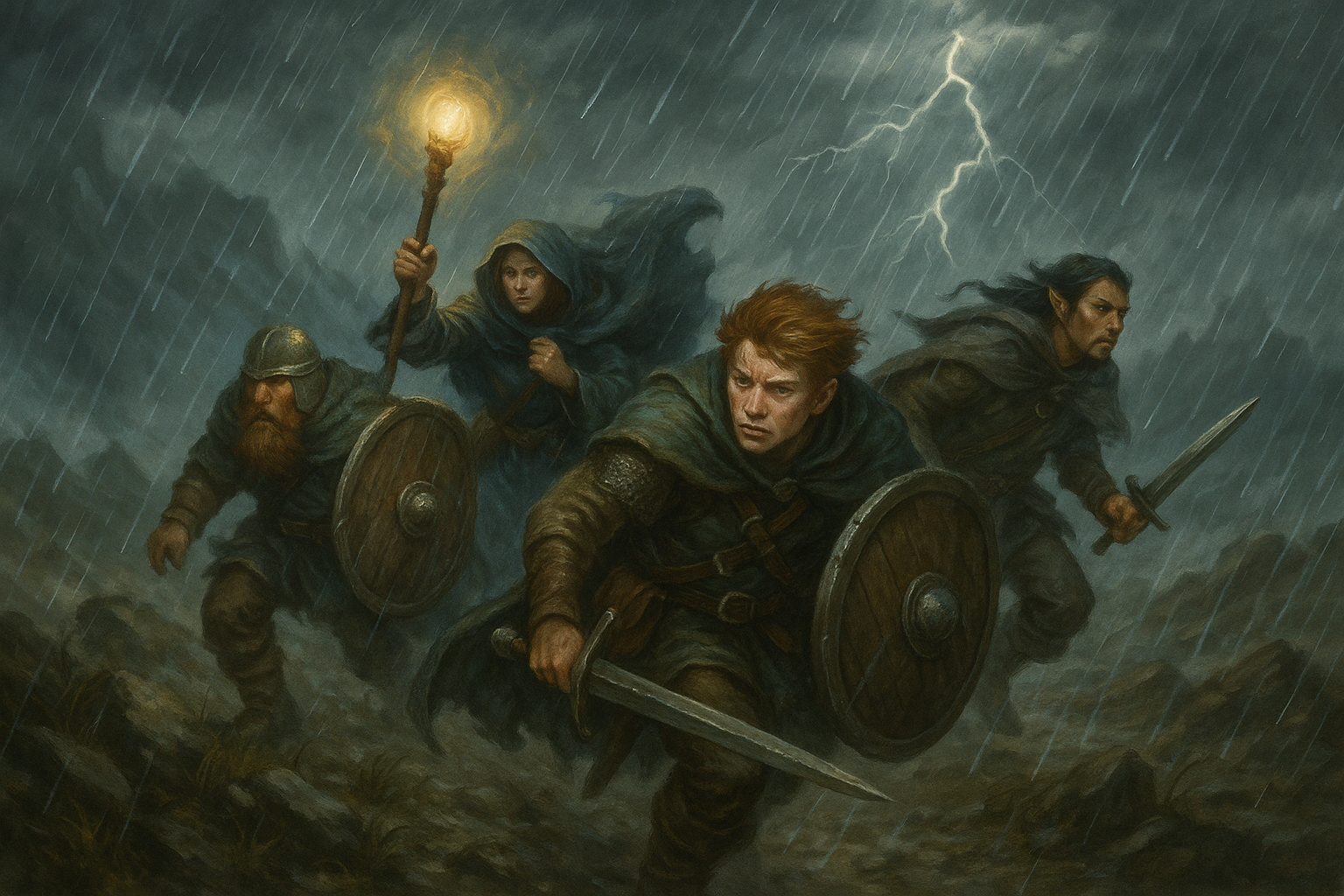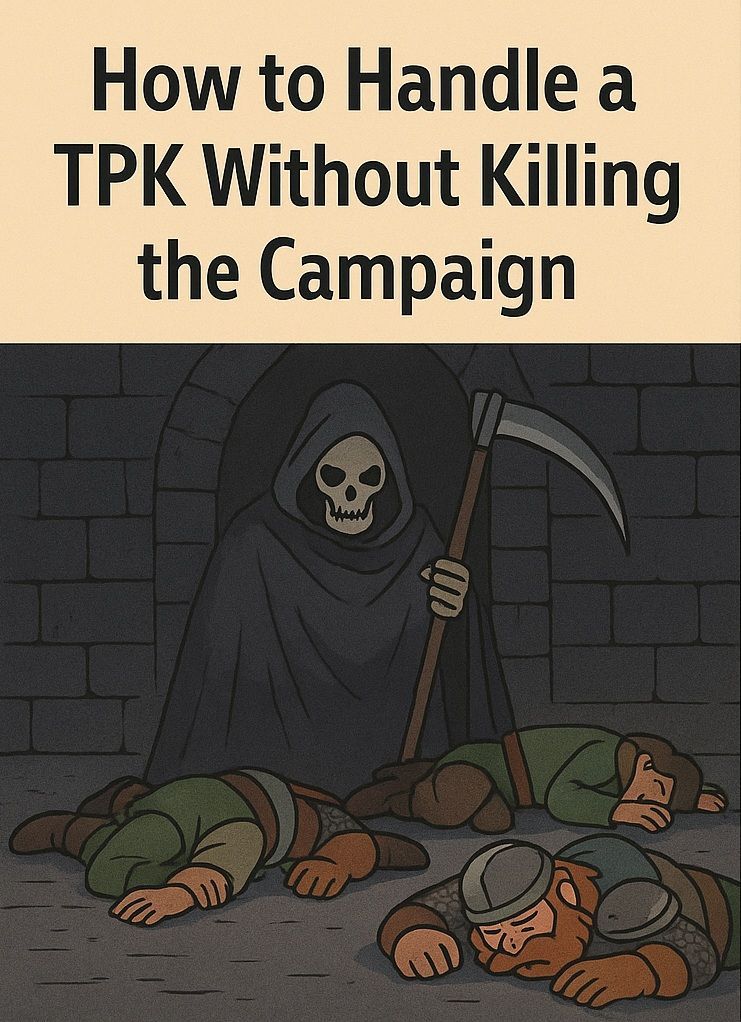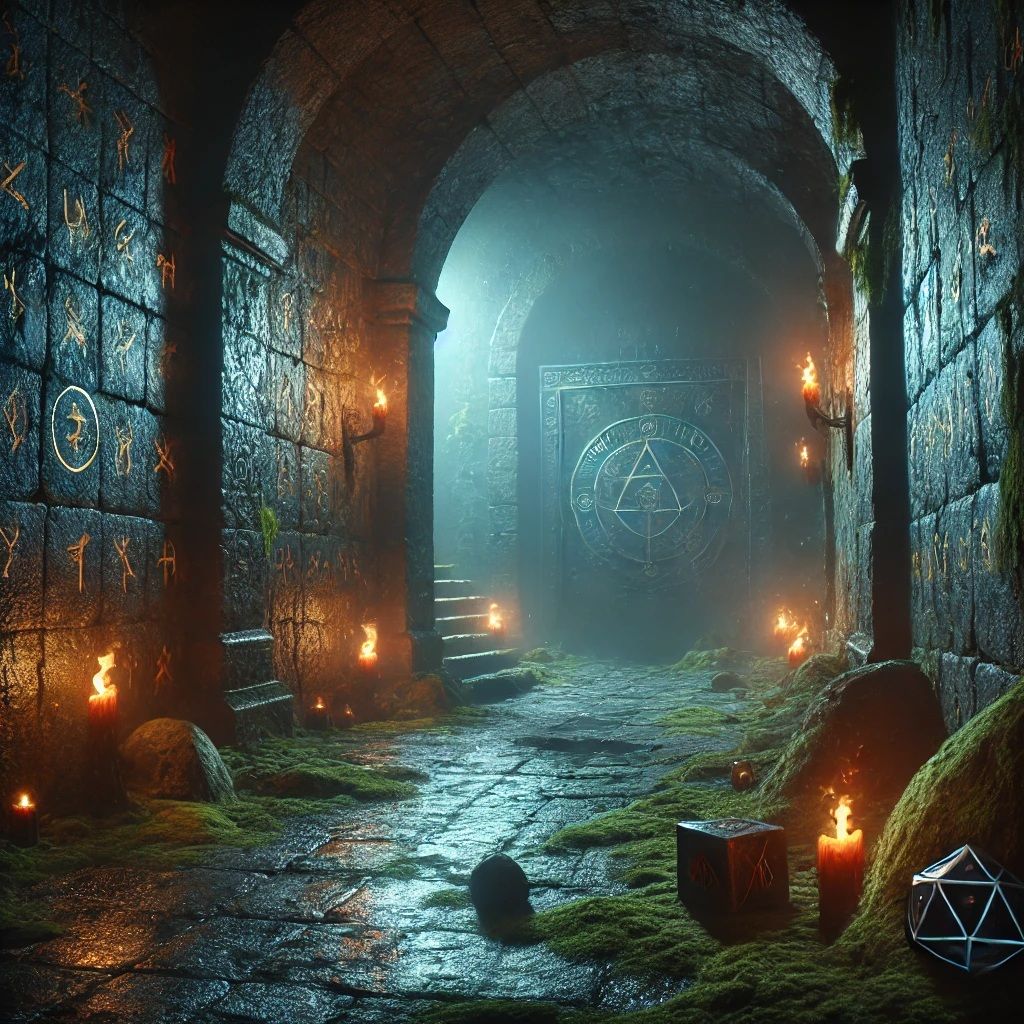Rivals, Not Enemies: Designing Long-Term Antagonists Your Party Will Love to Hate
It's...A complicated relationship
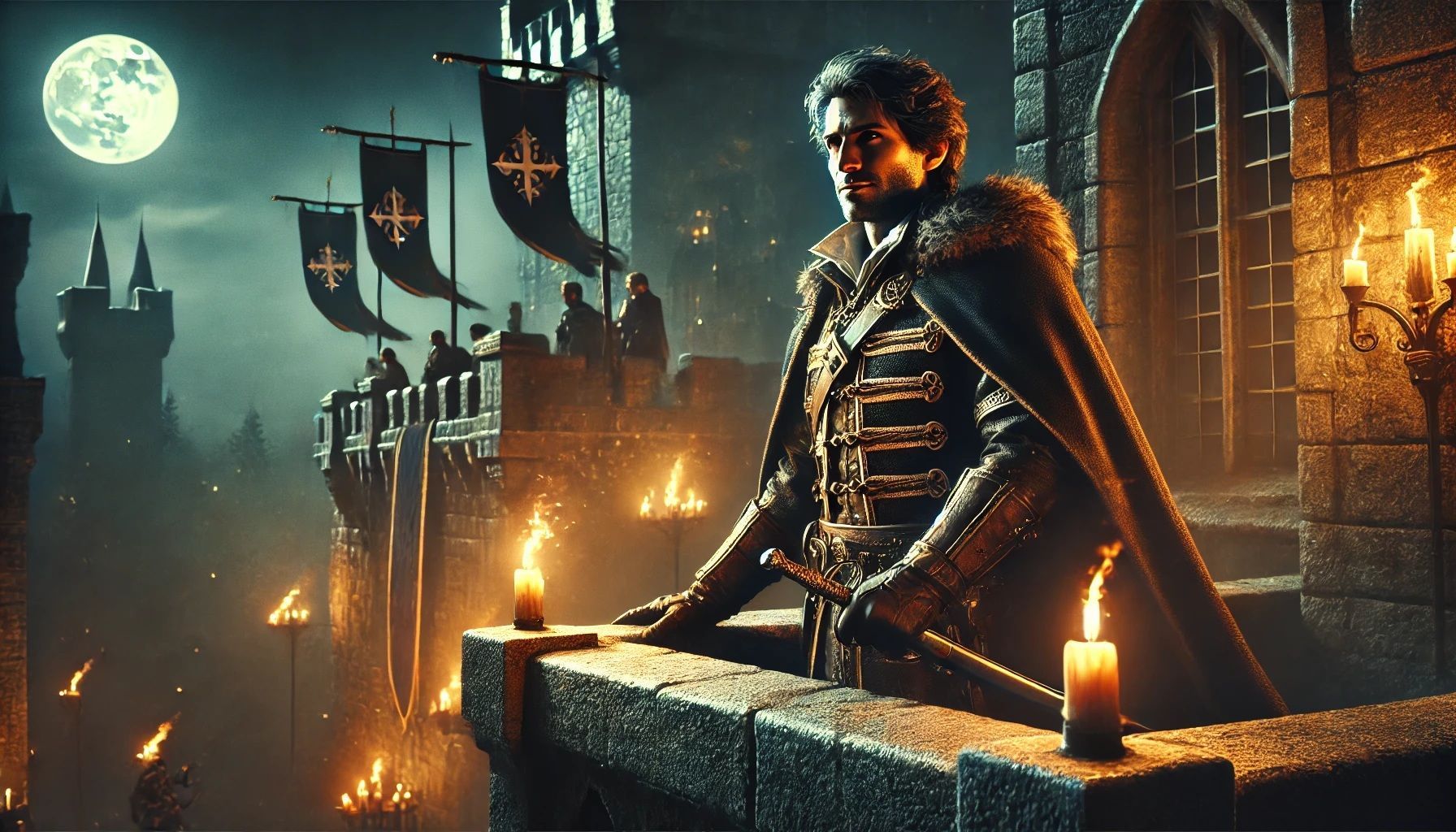
Dear Readers,
Every great Dungeons & Dragons campaign thrives on conflict. But not all conflicts need to be about life and death, nor should every antagonist be a cackling villain eager to destroy the party. Some of the most memorable campaigns feature long-term rivals—those cunning, resourceful figures who walk the fine line between foe and reluctant ally. These characters aren’t there to kill the party; they’re there to challenge them, frustrate them, and push them to their limits.
So today, we’re diving into the art of crafting rivals, not enemies. Let’s explore how you can create an antagonist your party will love to hate—someone they can’t simply defeat with a sword or a fireball, but who will leave a lasting mark on their journey.
Why Rivals Work Better Than Enemies
Villains come and go. A typical villain has a clear endgame—defeat them, and the story moves on. But a rival? A rival keeps coming back. Rivals create tension, drama, and personal stakes that aren’t resolved with a single encounter. Here’s why a rival can be more compelling than a traditional enemy:
- They Challenge the Party in Different Ways – A good rival isn’t just an obstacle in combat; they test the party’s morals, ingenuity, and patience. Whether it’s outbidding them for a prized artifact, beating them to an ancient ruin, or simply being one step ahead, a rival keeps things unpredictable.
- They Grow Alongside the Party – Unlike static villains, rivals evolve. They become stronger, wiser, and more cunning, mirroring the party’s own growth. This keeps them relevant throughout the campaign.
- They Create Emotional Investment – A well-developed rival isn’t just a foe; they’re a relationship. The party wants to outdo them, prove themselves, or maybe even turn them into an ally. This depth makes them unforgettable.
Building the Perfect Rival
1. Give Them a Strong Motivation
A great rival needs a purpose beyond "I just want to mess with the party." They should have clear goals that conflict with the party’s, even if they aren't outright evil. Maybe they seek the same artifact but believe it belongs in a museum, while the party wants to sell it. Maybe they’re a fellow adventurer who sees the party as competition. Perhaps they are a scorned noble seeking revenge after the party unknowingly ruined their reputation. Their motivations should be strong enough to justify why they keep appearing in the party’s path.
2. Make Them Charismatic (or At Least Interesting)
A rival needs presence. They don’t need to be universally loved, but they should be compelling. Give them a sharp wit, a defining quirk, or a way with words that makes them stand out. Maybe they always leave behind a calling card after a theft, or they have a habit of casually sipping tea while dismantling the party’s plans. The more distinct their personality, the more memorable they become.
3. Keep Them One Step Ahead (But Not Unbeatable)
A rival should frustrate the players—without making them feel powerless. Maybe they always escape just in time or have a contingency plan that lets them slip away. However, players should feel like they’re closing the gap. A rival who always wins isn’t fun; a rival who wins just enough to keep the chase interesting? That’s gold.
4. Let the Party Get Small Victories
Even the best rivals need to lose sometimes. Let the party get the upper hand—stealing the treasure first, outwitting their scheme, or tricking them into a trap. These victories will make the rivalry feel more dynamic and give the players a sense of accomplishment. Just ensure the rival always has a way to bounce back.
5. Blur the Lines Between Friend and Foe
The best rivals are those who, under different circumstances, might have been allies. Maybe the party needs to work with them to defeat a bigger threat. Maybe they share a common goal but wildly different methods. By giving them layers beyond "just an antagonist," you make them feel more real. The more gray areas, the more compelling they become.
Bringing the Rival to Life at the Table
Roleplaying the Rival
When portraying a rival, consistency is key. Keep their personality, mannerisms, and speech patterns distinct. If they’re smug, let them be insufferably smug. If they’re honorable, let them hold grudges but never break their word. These traits reinforce who they are and make interactions with them stand out.
How Often Should They Appear?
A good rival isn’t present in every session, but they should appear just enough to remind the party that they exist. Sprinkle them in when the players least expect it—just as they complete a quest, just as they claim a reward, or even as an unexpected ally when things go south.
Let the Rival React to the Party
Players love to see the world react to their choices, and a rival is a perfect vehicle for this. If the party constantly outsmarts them, the rival grows more desperate or shifts tactics. If the party humiliates them, they may seek revenge. If the party impresses them, they might begrudgingly offer respect. Keeping this relationship dynamic makes the rivalry feel alive.
Examples of Rivals in Your Game
The Untrustworthy Ally
A rogue-like figure who sometimes helps the party—when it suits them. They might provide information, sell rare items, or even fight alongside the players, but they’re always looking for an angle. Can the party trust them? Should they?
The Lawful Nemesis
Perhaps a paladin or city guard who sees the party as troublemakers. They’re not evil, just dedicated to the law. Every heist, smuggling job, or morally gray choice the party makes could put them at odds, leading to a thrilling game of cat and mouse.
The Rival Adventuring Party
A group of equally skilled adventurers who always seem to be a step ahead. Maybe they have better funding, stronger connections, or just an uncanny knack for getting what they want. Whether it’s grudging respect or open hostility, these rival adventurers can provide endless narrative hooks.
The Fallen Friend
Perhaps the rival was once a party member or ally who turned against them. This makes every encounter deeply personal. Do they want redemption, or are they too far gone? The emotional weight of these interactions can be incredibly satisfying for long-term storytelling.
Conclusion
A well-designed rival is a storytelling goldmine. They make victories sweeter, defeats more painful, and the world feel alive. By giving them strong motivations, making them engaging, and allowing their relationship with the party to evolve, you create an antagonist that will be talked about long after the campaign ends.
So, Dear Readers, the next time you sit down to craft a villain, consider instead crafting a rival—one that will frustrate, challenge, and delight your players in equal measure.
Until next time, Dear Readers...















